READY PLAYER ONE Explained: Game Over, Man!

It has been some time since the premiere of Steven Spielberg’s film, so you probably already know that the film is overloaded with references, quotes, and allusions to pop culture… it oozes with sentimentality and nostalgia… it beats with schematicity and repetitiveness… Two camps – those “for” and those “against” – take turns listing the pros and cons of Ready Player One, while simultaneously accusing each other of having the wrong approach to the production.
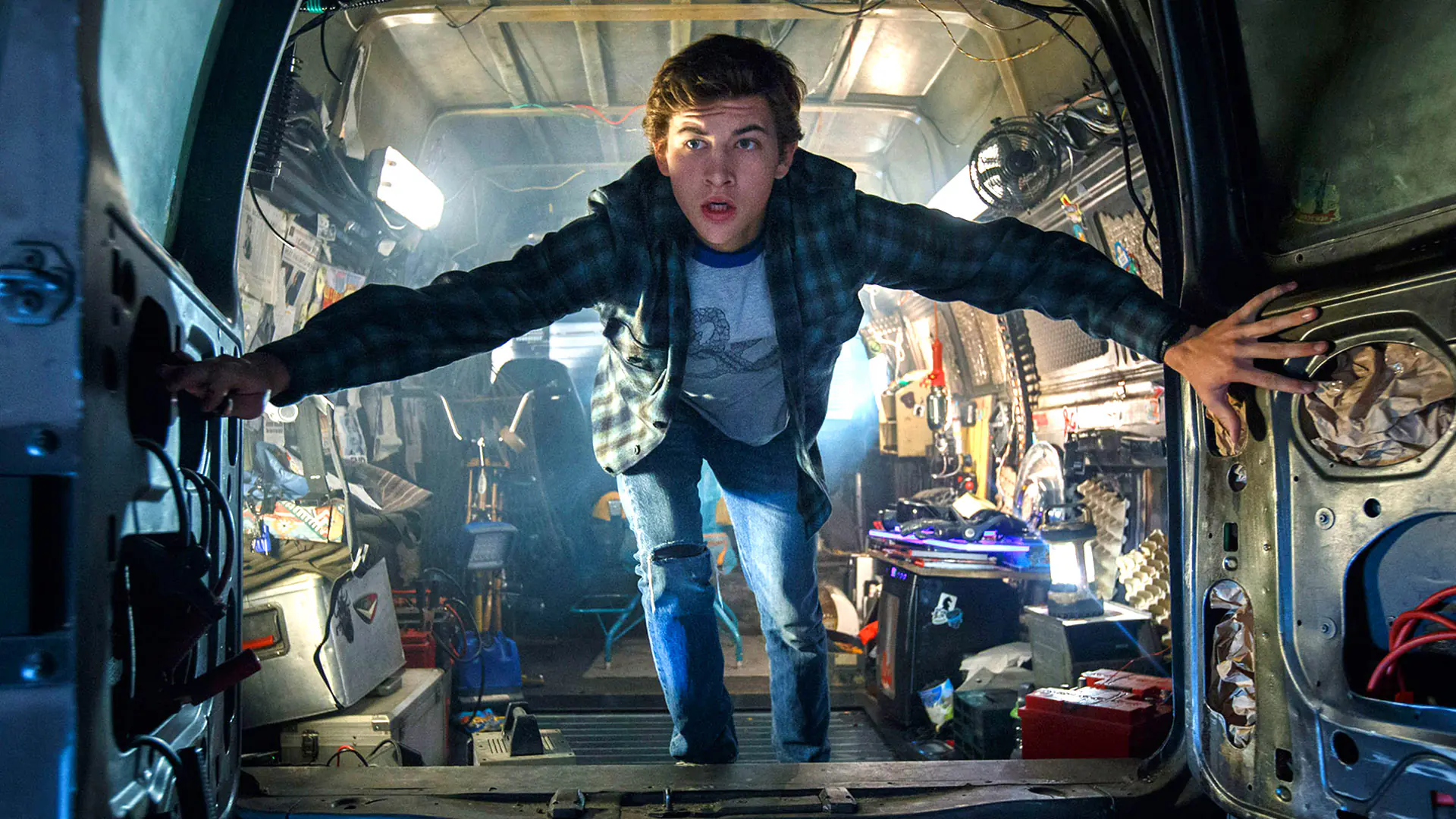
To begin with, I would like to apply a certain filter to this text: I will not elaborate on the negative aspects of this blatant intertextuality. On a philosophical level, it somewhat reminds me of Jean Baudrillard’s theory – the one about simulacra, or the appearances of reality, which lead nowhere, yet still exist. It seems to me that repeating what has already been repeated in hundreds of reviews before me would also lead nowhere. So, I will close this topic by stating that these allusions bothered me and there were too many of them. I understand that some people may have liked them. That’s all on this matter.
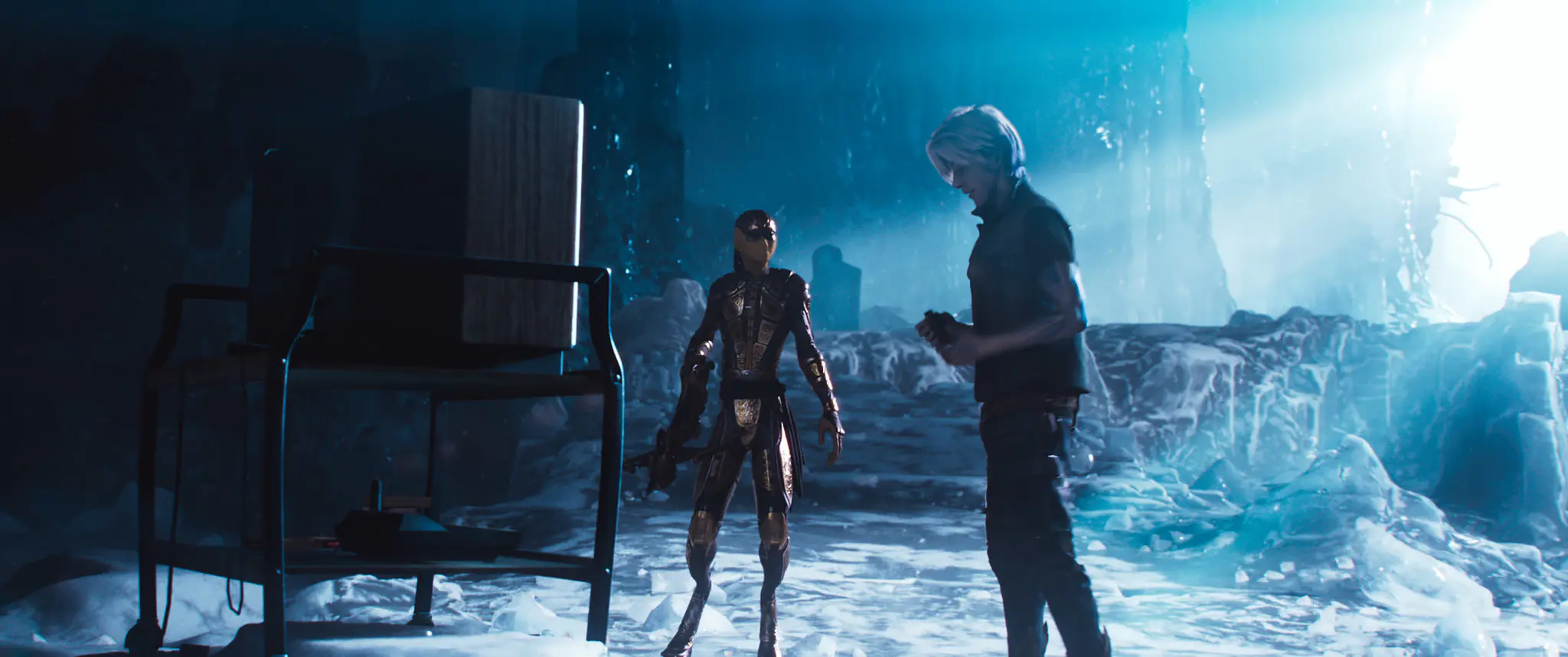
I will therefore consider Ready Player One without them. So, what do I have left? An absolutely average adventure film, not worth 140 minutes, not worth 350 million dollars (budget + promotion), not worth all this fuss. The debatable question remains whether it is worth Spielberg’s involvement. It is evident here, as clear as day, that the director is torn between his inner, teenage nerd and the serious player in the film market he has grown into. This dichotomy has been evident throughout his career, but usually in the form of “duets” of films: for every “children’s” project, there was, on average, one “adult” project. Thus, we got E.T. and shortly afterward The Color Purple, Jaws and Close Encounters, Schindler’s List and Jurassic Park, Amistad and The Lost World: Jurassic Park, A.I. and Minority Report, and so on. At first glance, Ready Player One seems like a representative of Spielberg’s fascination with youth, adventure, and imagination. In fact, however, it is a cold, calculated product aimed at profit.

Many times, my readers have rolled their eyes with pity at my belief that cinema – even mainstream cinema – doesn’t have to be just the result of a business plan, which consists of offering the viewer a two-hour ticket to another world and charging them for it. I believe that there are directors, screenwriters, and even producers who, yes, treat cinema as business, but approach business with heart, commitment, and sincerity. Examples? Here you go: Saul Zaentz (only nine films, three outstanding, all out of passion), Martin Scorsese (producing independent films, distributing forgotten masterpieces), Dede Gardner (low-budget productions tackling controversial topics), George Clooney and his partner Grant Heslov (political cinema). And Spielberg belongs to this group as well – the fact that he is a brilliant bean counter doesn’t negate his contributions to cinema. He has recently upset many cinephiles with his thoughts on film and television formats (specifically: Netflix), and then…. he released a bastard like Ready Player One. A film that simultaneously accuses and defends what Spielberg does on two fronts of his career.
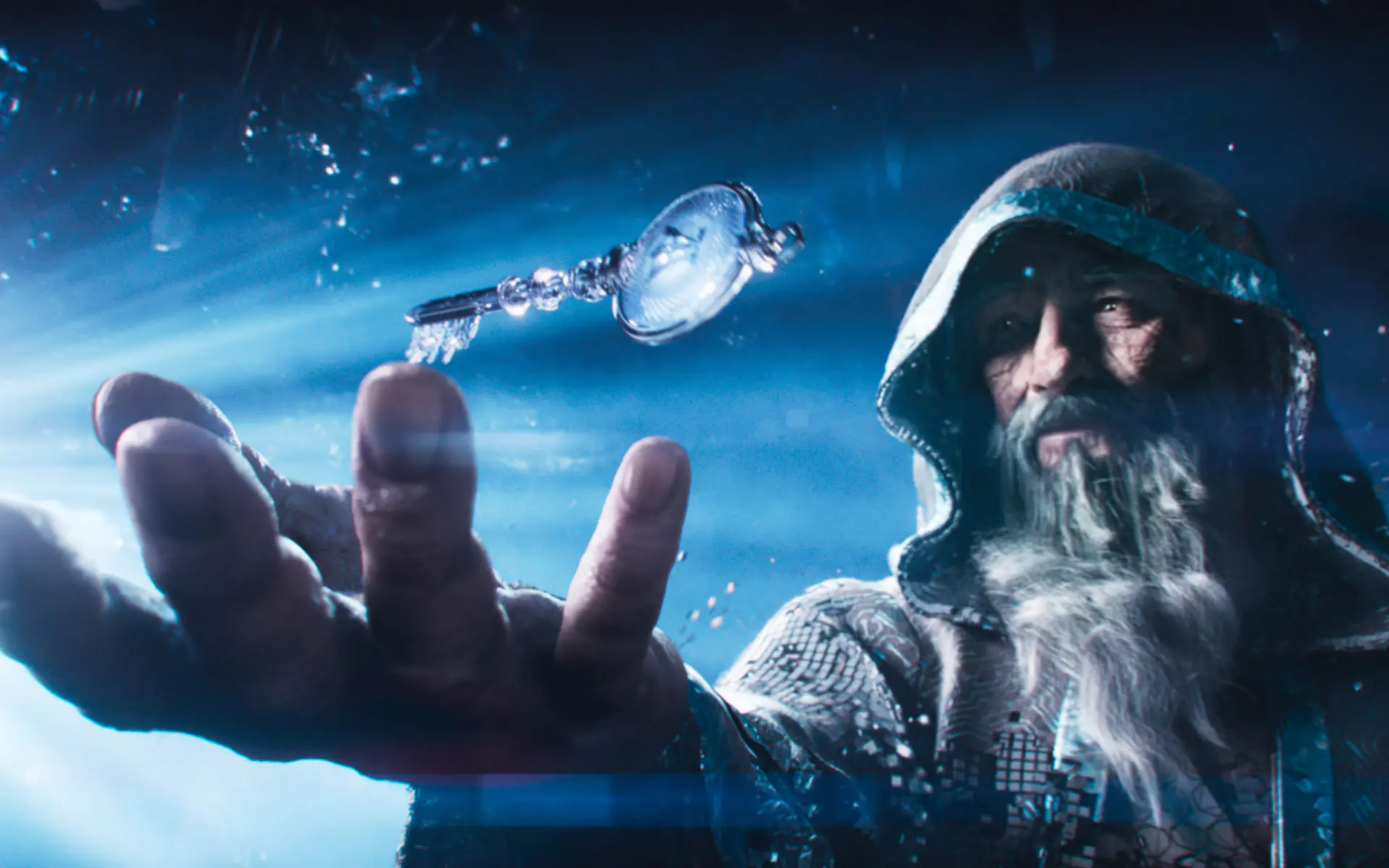
Let’s take a look: the clumsy, hastily written script assumes that big corporations prey on our sensitivity, sucking our sentiment into their bank accounts, without any scruples or sacredness. It’s true, we feel this daily and partly accept it. Spielberg the producer figured out that he would spill a bag of toys for us, let us play with them, and thus make a fortune. Spielberg the director, on the other hand, took the path of least resistance and made the film quickly, not bothering with creativity, not focusing on the subject, leaving the film at the mercy or lack thereof of the army of computer geniuses who made it for him. I am absolutely convinced that Spielberg did not have full control over the production – after all, he was busy preparing for the next dozen projects as a producer and several as a director.
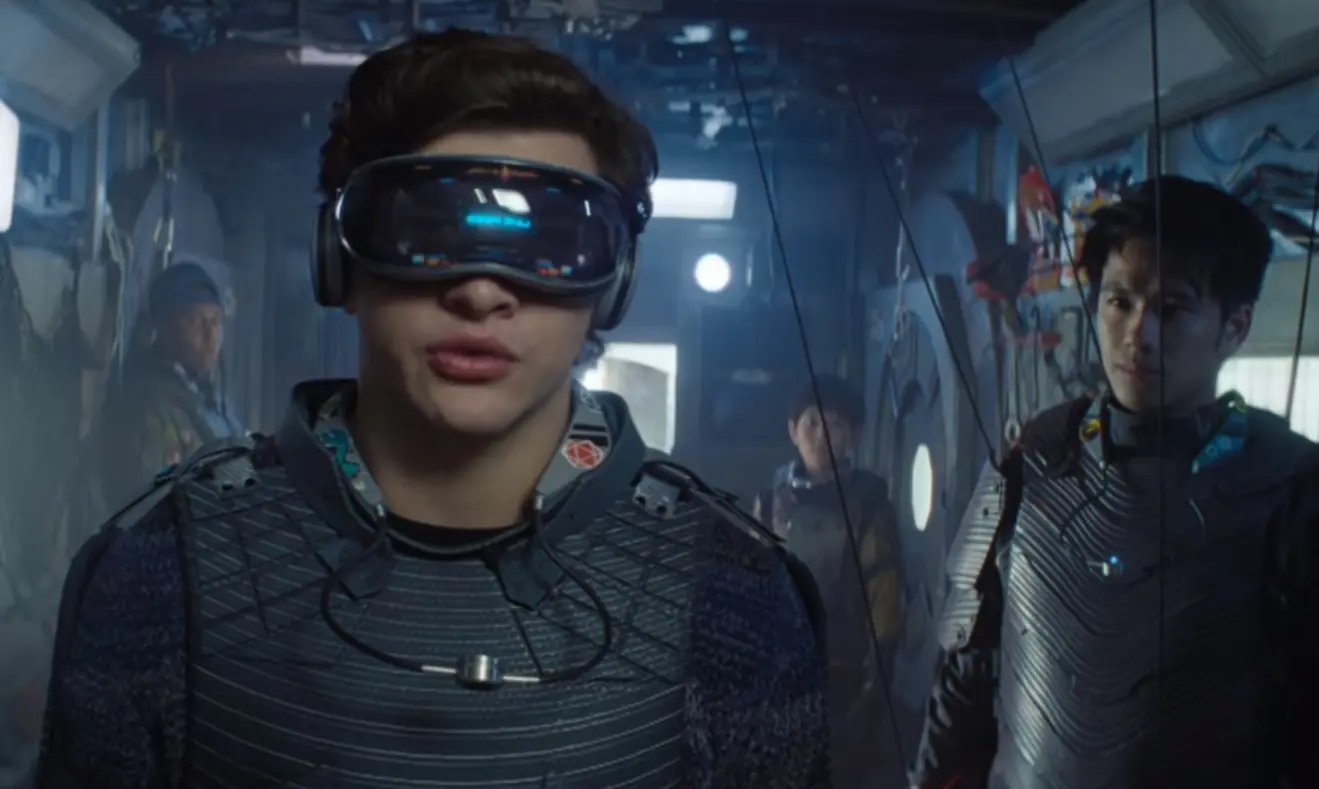
By the way, just five minutes before I started writing this text, I read a statement from Janusz Kamiński, who, although he spoke favorably about the film, admitted that about 40% of his vision as a cinematographer is visible on screen. I would risk saying that the film also shows about 40% Spielberg, 40% Michael Khan – his regular (outstanding) editor, and 40% Alan Silvestri – the composer, and about 20% of the actors (and here I mean literally).

I have known Spielberg’s cinema since childhood, and during my cinephile period, when analyzing films I watched (where I could go over one film a dozen times), I managed to notice certain elements in his style that determined the great strength of his works. Spielberg is, after all, an author – in this new wave sense – a director whose vision permeates the film, not a director who realizes someone else’s vision. Take a look at his films and see how he handles the camera (he doesn’t handle it himself – he tells Kamiński how it should move, and Kamiński tells the assistant – the dolly grip): he economically tells the story, using many plans, placing the point of view where the most can be seen. He follows his characters when they move and stands with them when they stand still. He uses long takes, changing focus to highlight important elements of the image that help create the story. He changes shots when something significant occurs in the action. He limits the frame, creates curtains, smudges, often limiting the frame with round objects. He films from the floor to give a child’s perspective. And so on. Thanks to this, Jaws, E.T., Saving Private Ryan, and his other films are so enjoyable to watch. Spielberg knows exactly where and why to place the camera to engage the viewer in the events unfolding on screen.
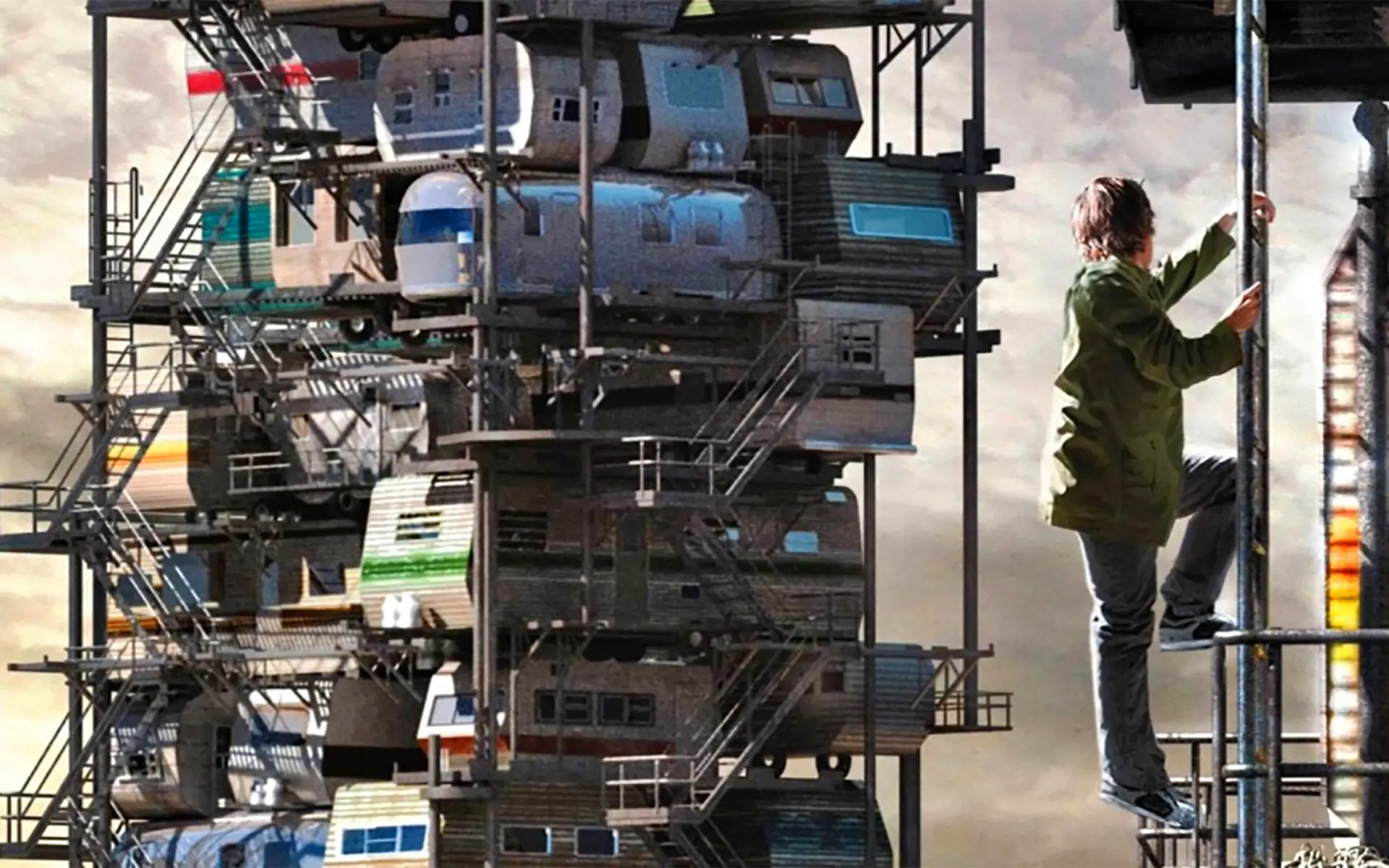
All of this exists in Ready Player One in those mentioned 40%. The film starts excellently – the camera exits the protagonist’s container apartment, showing his descent to the ground, zooming in on his neighbors. The action flows, we meet the hero. After a few minutes, we sink with him into the virtual reality and spend almost the entire film in it. In the computer-generated material, we watch images changing like in a kaleidoscope. Spielberg’s directorial style is barely visible. The scenes are bland, the camera doesn’t tell the story, it is illustrated by a frenzy of consecutive action snippets, chaotically edited and flatly arranged. Halfway through the movie, I started wondering if Michael Kahn really edited the film. The credits brought the answer – the editor shared the duties with Sara Broshar, who also collaborated with him on The Post. I assume that there wasn’t much time to finish both works, so they decided to engage the assistant for the acclaimed editor. It’s painfully visible in Ready Player One. Next – cinematography. I don’t even need to argue here. Kamiński himself admitted that it was his work only in part. The music by the brilliant Alan Silvestri echoes his earlier compositions, each of which is better than this one.

We see the main protagonist on screen for maybe twenty minutes. The rest is his avatar. I don’t know if the film had plans for a toy franchise, but I wouldn’t want to have Parzival figurines in my collection for any treasure. It’s ugly, although of course, this is my subjective opinion. A much greater sin is that it is… bland. It is not defined by any trait, we cannot feel his problems even for a moment, we do not feel the weight of the situation resting on his shoulders. The same goes for the other members of his team. I only laughed once – when we discovered the true identity of his best friend, Aech. They are all of course based on blatant stereotypes, including a teenage girl hiding her appearance from the world (because she has a spot on her face, and the beauty and figure of Olivia Cooke), a small, genius Chinese kid, etc. They are opposed by the villain in the form of a soulless corporate boss, whose literary description could be something like this: soulless corporate boss. The situation was slightly saved by Ben Mendelsohn, whose characteristic way of speaking gave the character a bit of color. I’m still waiting for a film where behind the virtual avatars are a fat teenager with glasses, an ugly, skinny girl with pimples and bulging eyes, or an adult, intellectually and mentally limited man.
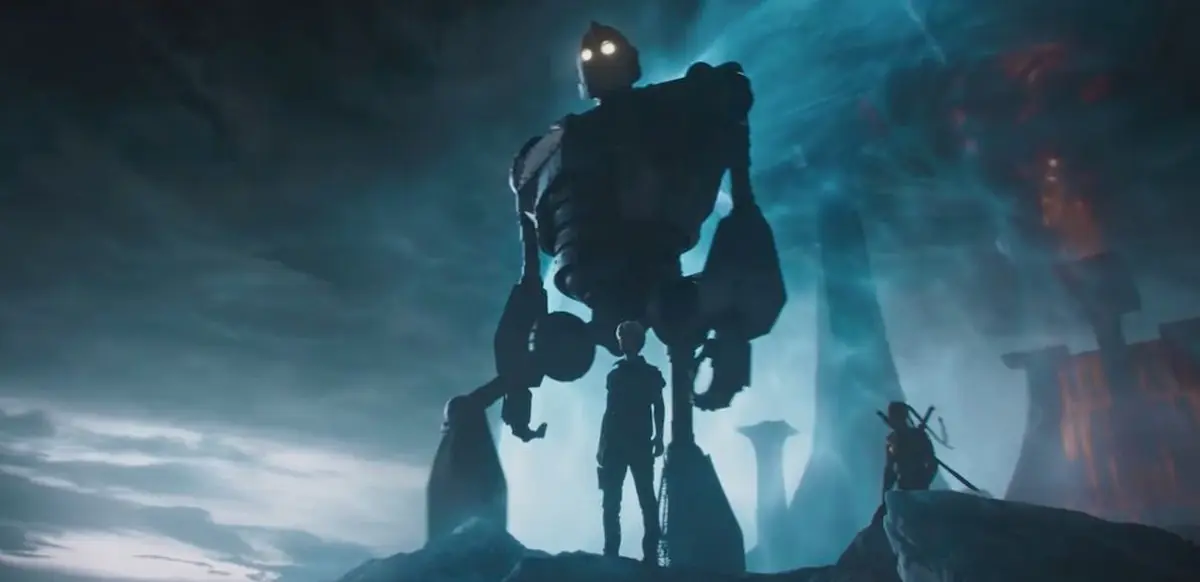
The film misses the mark, reeks of stereotypes and schematism, but I saved the best for last. I don’t know if this is as obvious as it seems to me, or if some reviewers simply haven’t thought about it at all – but the message of Ready Player One is a kind of mirror image of the mood at the end of the 20th century. At that time, there was anxiety about the progressing digitization, which led to the blurring of the lines between the real and artificial worlds. The first title that comes to mind – of course, The Matrix – pointed a finger, warned against excessive trust in artificial intelligence, and called for rebellion. Ready Player One nearly pacifies virtual reality, openly and unreflectively acknowledging its presence in everyday life. In fact, it seems that it sees it as the only chance for happiness in a deteriorating world.

In the final speech, the agreement between the sides of the conflict is clearly articulated, according to which OASIS (the virtual world of Ready Player One) will be free and publicly available, except on Tuesdays and Thursdays – which is meant to encourage all its users to spend time with their loved ones. What isn’t explained is why they should do this in the real world when their life already exists almost solely in the virtual one. Such a vision is becoming increasingly real, and the only thing Ready Player One does well is helping us get used to it. By the way, I went to the film with my twelve-year-old cousin. To this day, I wonder which of us was its target audience.

